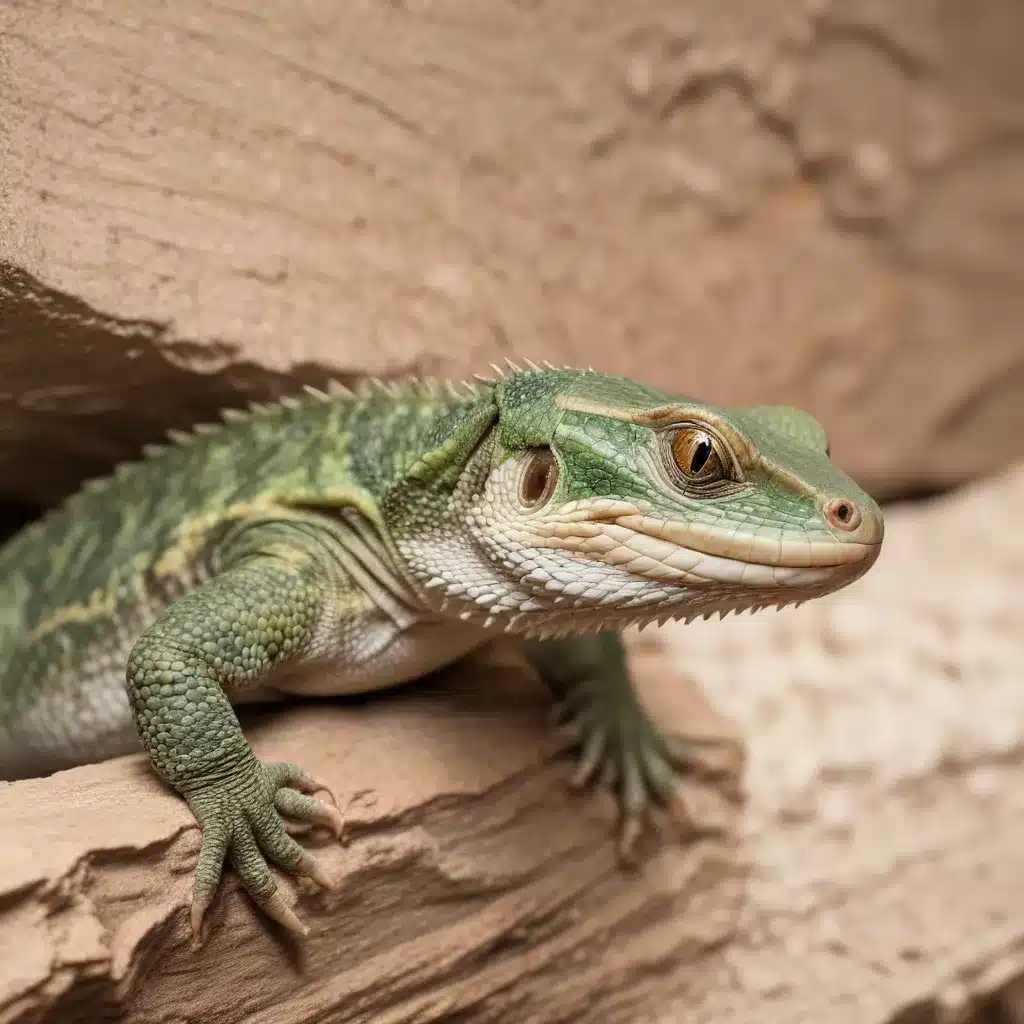
Understanding Reptile Transportation Regulations
Transporting exotic reptiles requires navigating a complex web of regulations and guidelines to ensure the safety and well-being of these fascinating creatures. Whether you’re a breeder, collector, or reptile enthusiast, it’s essential to familiarize yourself with the legal requirements for shipping reptiles to provide the best possible care during transit.
Regulatory Frameworks for Reptile Transport
Several government agencies and international organizations have established guidelines and regulations to govern the transportation of live animals, including reptiles. In the United States, the U.S. Fish and Wildlife Service (USFWS) and the U.S. Department of Agriculture (USDA) are the primary regulatory bodies overseeing the import, export, and interstate transport of reptiles. Additionally, the International Air Transport Association (IATA) has developed comprehensive standards for the safe and humane transportation of live animals by air.
Obtaining Necessary Permits and Documentation
Before transporting any reptiles, it’s crucial to ensure you have the required permits and documentation in place. Depending on the species, the origin and destination of the shipment, and the method of transportation, you may need to obtain various permits, licenses, or certificates. This may include:
- CITES (Convention on International Trade in Endangered Species of Wild Fauna and Flora) permits for the import, export, or re-export of endangered or threatened reptile species
- USDA health certificates for interstate transport of certain reptiles
- State-specific permits or licenses for the possession and transport of exotic reptiles
It’s essential to thoroughly research and comply with all relevant regulations to avoid legal complications and ensure the safe passage of your reptiles.
Proper Packaging and Labeling for Reptile Shipments
The safe and ethical transportation of reptiles requires meticulous attention to packaging and labeling. Reptile shipping containers must be designed to provide adequate ventilation, temperature regulation, and protection from physical harm during transit.
Selecting Appropriate Shipping Containers
Reptile shipping containers should be made of sturdy, leak-proof materials that can withstand the rigors of transport. Common container materials include polystyrene, fiberglass, or heavy-duty plastic. The container should be appropriately sized to allow the reptile to turn around and have sufficient space for any necessary water or food dishes.
Ensuring Proper Labeling and Identification
All reptile shipping containers must be clearly labeled with the contents, including the species, quantity, and any special handling instructions. The container should also display the shipper’s and recipient’s contact information, as well as any necessary permit numbers or identifying codes. Proper labeling helps ensure the safe and efficient delivery of the reptiles, as well as compliance with applicable regulations.
Temperature and Environmental Considerations
Maintaining the appropriate temperature and environmental conditions is paramount when transporting reptiles. Reptiles are ectothermic, meaning they rely on external sources to regulate their body temperature, and sudden changes in temperature can be detrimental to their health and well-being.
Monitoring and Controlling Temperature During Transit
Reptile shipping containers should be equipped with temperature-monitoring devices, such as digital thermometers, to ensure the interior temperature remains within the optimal range for the species being transported. Depending on the reptile’s requirements, this may involve the use of heating or cooling elements, insulation, or even supplemental water sources to maintain the appropriate temperature and humidity levels.
Acclimatizing Reptiles to Temperature Changes
Before shipping, it’s essential to gradually acclimate the reptiles to the expected temperature range they will encounter during transit. This can involve slowly adjusting the ambient temperature in the reptiles’ enclosures over several days or weeks to minimize the stress and potential health risks associated with sudden temperature changes.
Ensuring the Health and Well-being of Transported Reptiles
The health and well-being of the reptiles being transported should be the top priority. Proper veterinary care, preparation, and monitoring are crucial to minimize the risk of illness or injury during the shipping process.
Pre-Shipment Veterinary Examinations
Before transportation, it’s recommended to have the reptiles examined by a licensed veterinarian who specializes in exotic animals. The veterinarian can assess the reptiles’ overall health, provide any necessary treatments or vaccinations, and issue any required health certificates or documentation.
Proper Handling and Restraint Techniques
Reptiles should be handled with care and expertise to avoid causing stress or injury. Trained personnel should be responsible for the safe capture, transfer, and placement of the reptiles into the shipping containers. Appropriate restraint methods, such as the use of specialized hooks or tongs, may be necessary for certain species.
Monitoring and Emergency Response Protocols
During the transportation process, it’s essential to have a plan in place for monitoring the reptiles’ well-being and responding to any emergencies that may arise. This may include regular checks on the temperature, hydration, and overall condition of the reptiles, as well as access to veterinary care or alternate transportation options if needed.
Legal Considerations and Compliance
Navigating the legal landscape of reptile transportation can be complex, as regulations may vary across different jurisdictions and governing bodies. Failure to comply with applicable laws and regulations can result in significant fines, seizures, or even criminal penalties.
Understanding State and Federal Regulations
Each state may have its own set of laws and requirements for the possession, transport, and sale of exotic reptiles. It’s crucial to research and comply with the specific regulations in the states where the reptiles are being shipped from, transported through, and delivered to. Additionally, federal agencies like the USFWS and USDA have their own regulations that must be followed.
Staying Informed on Evolving Regulations
The legal landscape for reptile transportation is constantly evolving, with new laws and regulations being introduced at the state and federal level. It’s essential to stay up-to-date on any changes in the regulations and to consult with legal experts or industry associations to ensure continued compliance.
By following these best practices and staying informed on the latest regulations, reptile enthusiasts, breeders, and collectors can navigate the complex world of reptile transportation with confidence and ensure the safe and responsible movement of these fascinating creatures. For more information and resources, visit ExoticReptiles.com.

